Description
How to preserve fruits and vegetables without electricity.
Introduction
Étape 1 - Concerning ambient preservation
Fruits and vegetables are all differents. That's why they need different environments, mainly based on ambient temperature, light and relative humidity.
ADVICE There are sometimes several ways to preserve fruits and vegetables. The best way to choose is to try !
Étape 2 - Concerning ambient preservation
An aerated shelter where insects do not have access. You can keep an eye on fragile food, mainly small fruits as bananas, berries, cherries, avocados. To avoid fruits and vegetables as tomatos and peppers wilting, place them next to some water to hydrate them.
ADVICE
Here, fruits mature. For faster maturation, place them next to an apple or a banana as they produce ethylene.
Étape 3 - To refresh vegetables
Evaporation creates fresh air. With a permeable material which lets water steam go, evaporation refreshes food. Faience is a kind or ceramics, permeable when it's not glazed. Among other things, it's used to do pots. This technique is called Zeer Pot and is composed of two ceramics pots, separated with humid sand.
ADVICE
Les pots de jardin sont profond. Nous utilisons des paniers pour éviter l’écrasement des fruits La température, entre 10 et 15°C, peut aussi conserver du beurre, du lait et du fromage quelques jours.
Étape 4 - Pour conserver dans le sable
Certains légumes peuvent rester enterrés dans le jardin après avoir poussés, pour être protégé de l’environnement extérieur.On place les légumes de type racine dans le sable, sec ou humide.
CONSEIL
Si vous avez un chat à la maison, il vaut mieux pour vos carottes qu’il n’ai pas accès au sable.
Notes et références
Ce module de conservation est l'une des solutions proposées par le projet de cuisine alternative"biceps cultivatus" (https://www.facebook.com/pg/bicepscultivatus) conçu par Audrey Bigot, Antoine Pateau, Yoann Vandendriessche et Valentin Martineau dans le cadre de POC 21 ( http://www.poc21.cc )
Yes
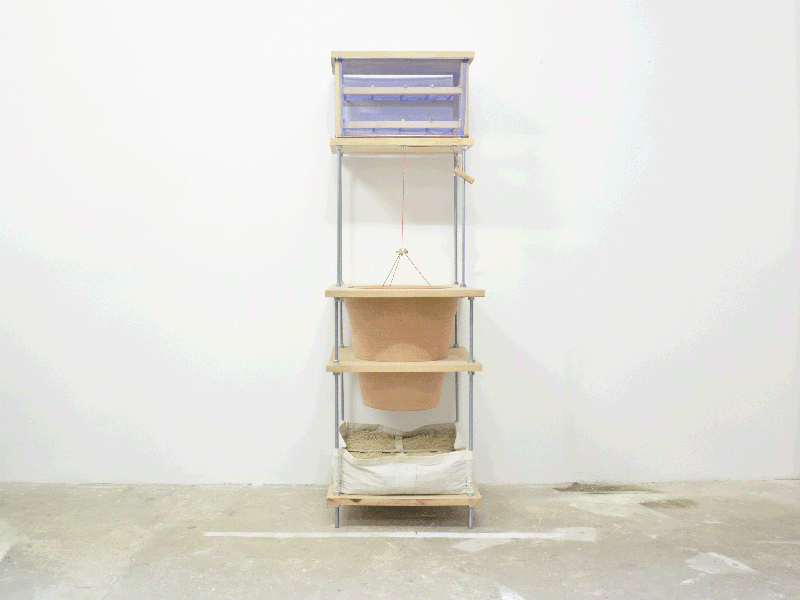
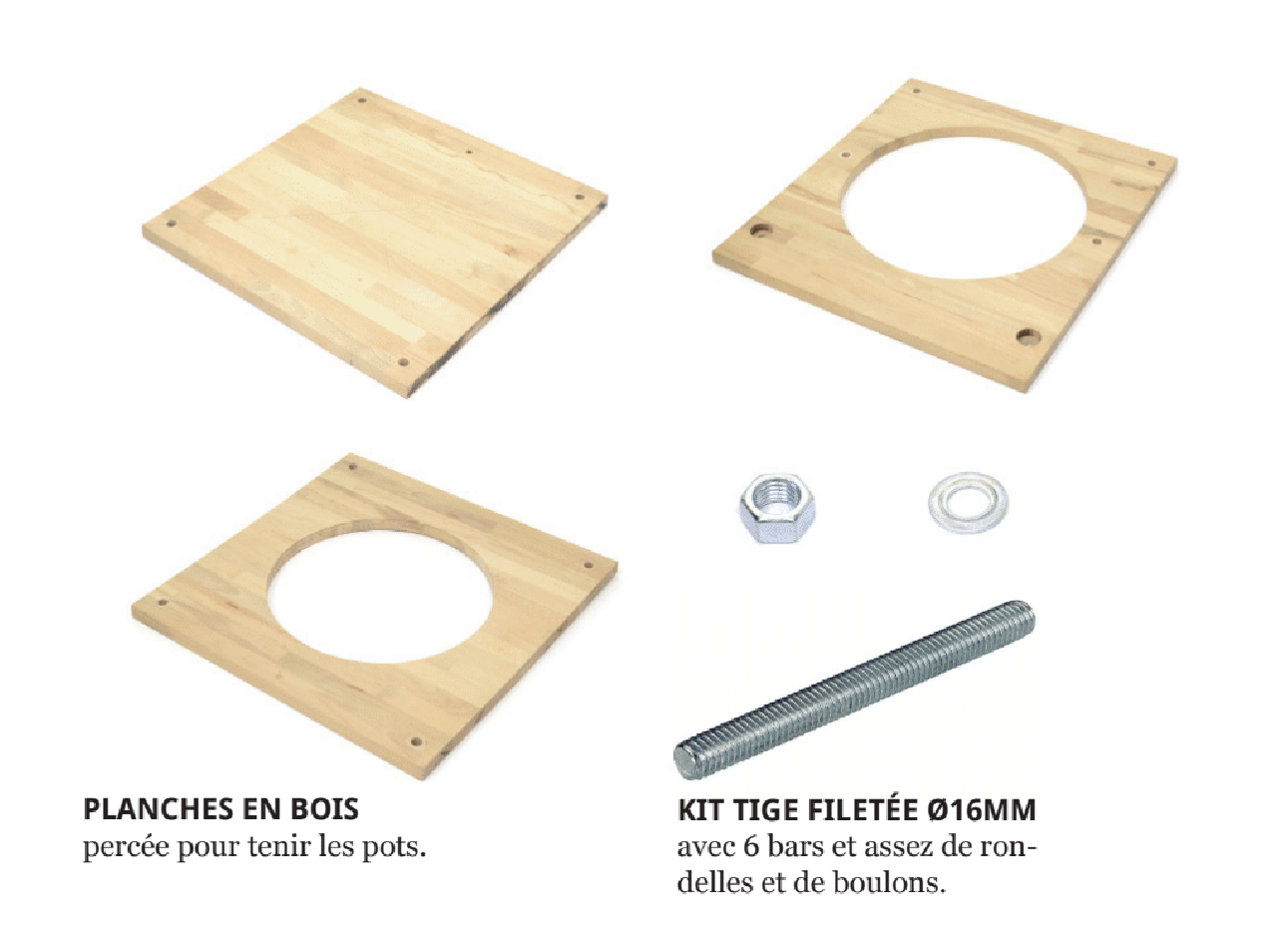
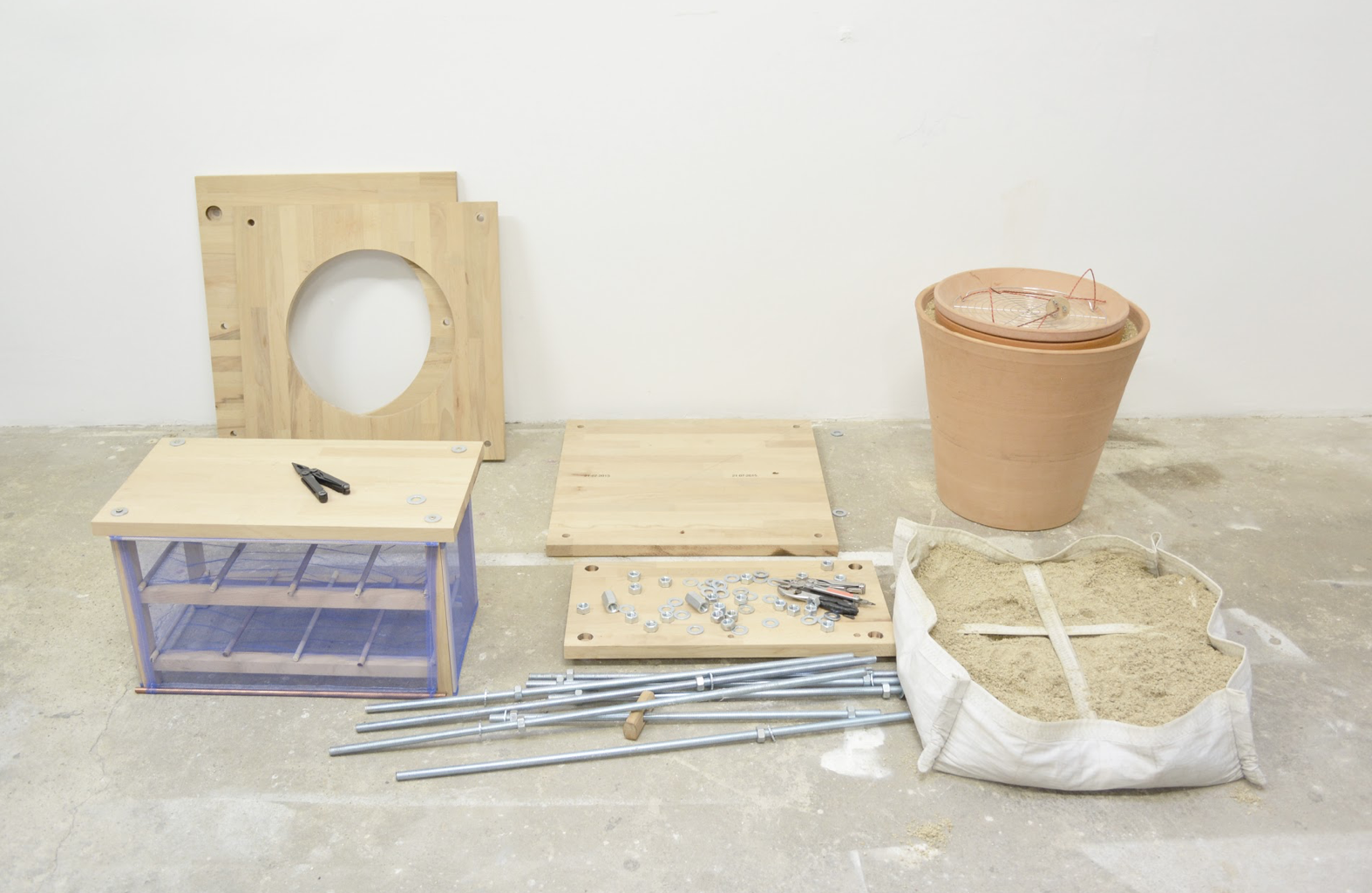

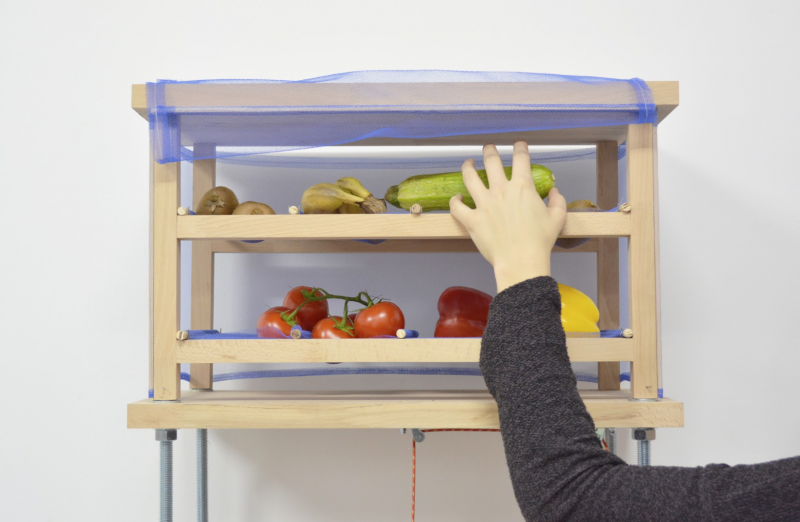
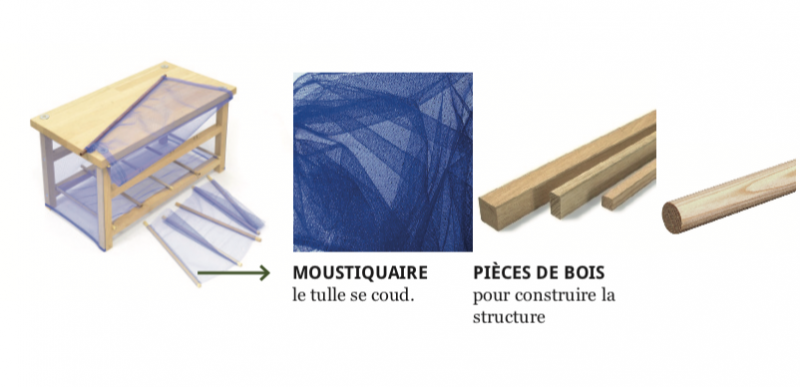
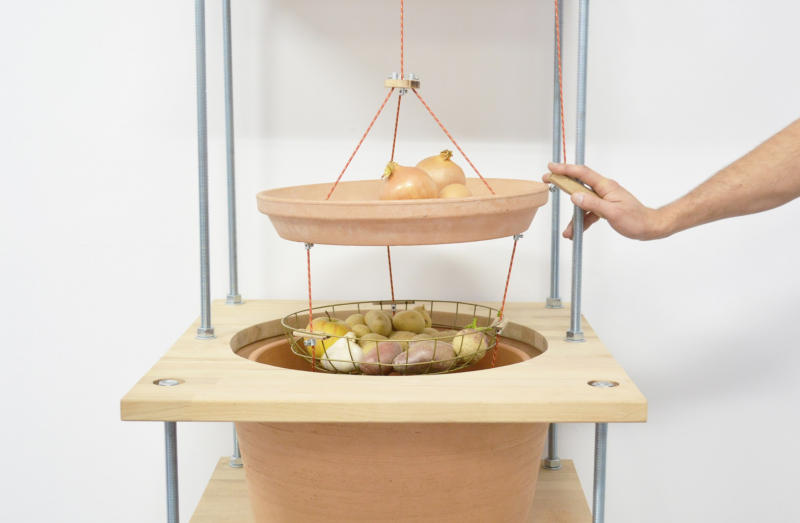
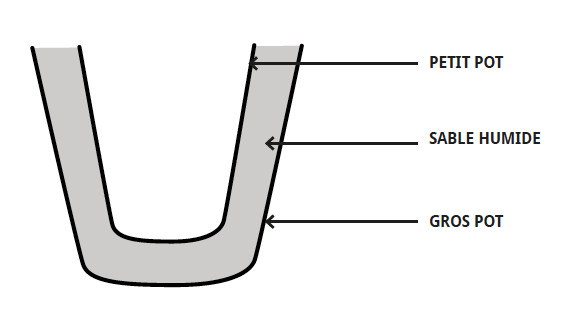
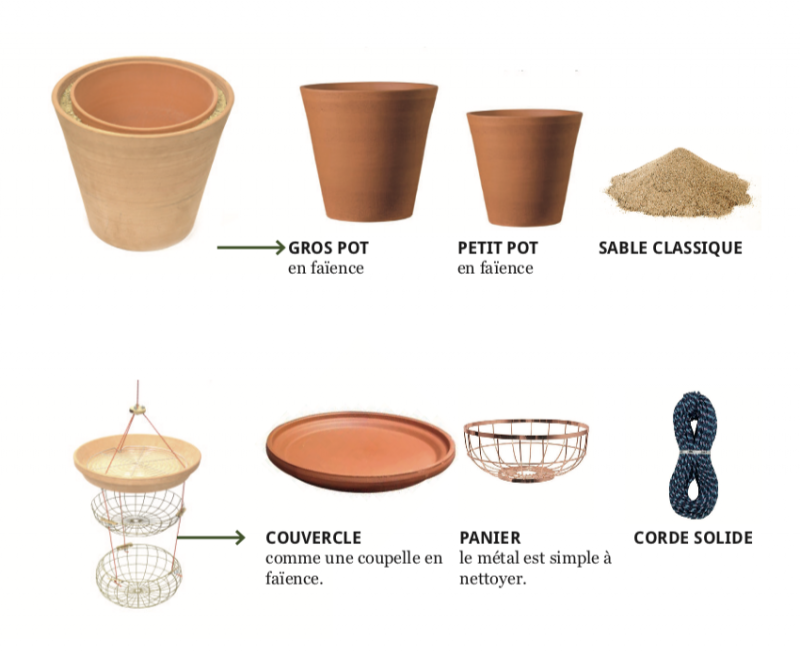
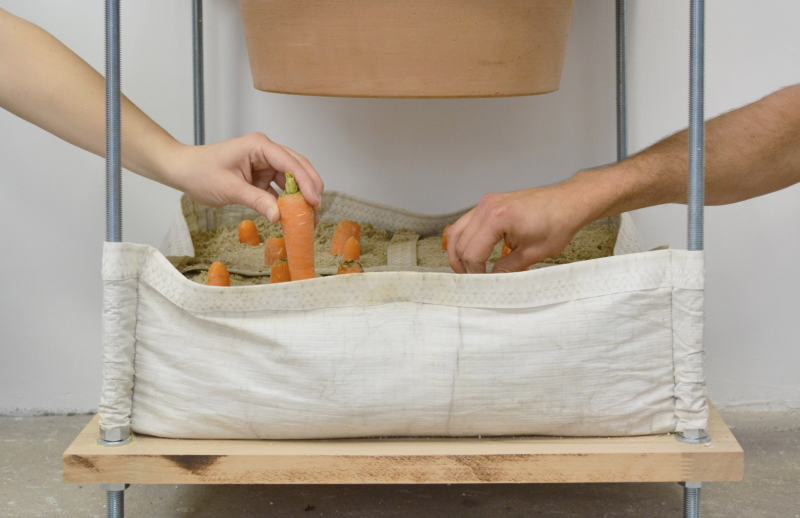
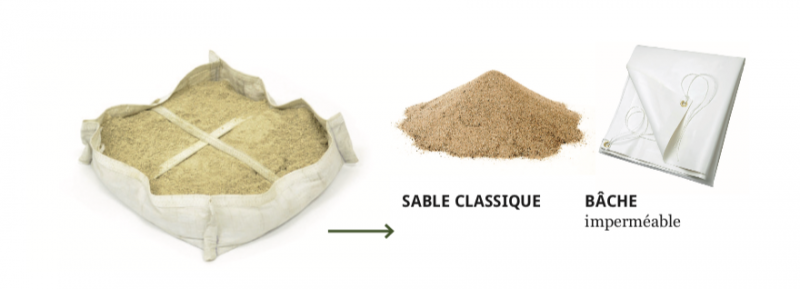
 Français
Français English
English Deutsch
Deutsch Español
Español Italiano
Italiano Português
Português